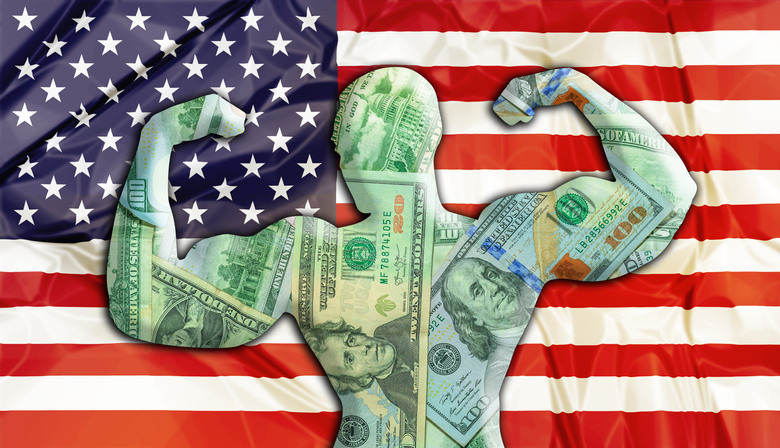
How the Strength of the Dollar Affects the U.S. Economy
August 8, 2019
 By Colin O'Shea
By Colin O'Shea
Securities Analyst One of the factors that influences our economy and day-to-day life is the measure and value of the U.S. dollar (USD). There is a long and interesting history behind the dollar, created in 1785, and currency in general. Today, we will focus on how the USD is measured and how its value affects you.
When did the U.S. go off the Gold Standard?
The measure of the dollar for most of its life was against gold, a physical asset. This was known as the "gold standard," which was abandoned by the U.S. Government in 1971. No longer tied to any physical asset, the U.S. dollar became a "fiat currency" — meaning that instead of gold, the government backed the dollar. Nowadays, the trust of the world that uses that currency is what gives the dollar value.
How is the U.S. dollar measured?
Its value is relative. The strength of the USD depends on its value versus other currencies around the world. The supply and demand of the USD can affect its strength — and three major factors, in particular, influence demand for the dollar: U.S. Treasuries, foreign exchange reserves and foreign currency reserves.
U.S. Treasury Notes
The demand for U.S. Treasury notes influences the value of the USD. If demand for Treasury notes is high, you need more US dollars to purchase the notes. This strengthens the dollar. Lower demand, meanwhile, equates to a weakening dollar.
Foreign Exchange Reserves
The dollar's relative value is measured against the currencies of other countries on the foreign exchange, or the "forex." A currency’s forex value depends on different factors relating to the country’s economy and monetary policy.
Foreign Currency Reserves
Lastly, foreign currency reserves influence the value of the USD. This is because as foreign countries export to the U.S., they receive payment in USD. The more USD foreign countries hold in reserve, the more it increases the strength of the USD and decreases the value of their own currency. The value of those foreign held reserves fall when the value of the USD declines. If foreign countries diversify, their reserves into other currencies this can further reduce the demand for USD.
How does the strength of the dollar affect you?
A strong dollar causes American made goods to be more expensive for other countries to buy, reducing American exports. On the other hand, with a strong dollar, Americans can purchase foreign goods cheaper, increasing imports.
The following chart shows the correlation between the value of the USD and our trade balance. The trade balance widens as the dollar strengthens. This means we import more goods as the dollar gains strength. And inversely, weaker dollar increases exports and narrows the trade balance.
The oil industry is one example showing the relationship of the USD and prices of foreign goods and services. A strong dollar has historically resulted in lower oil prices. The following chart shows this correlation between the trade-weighted dollar (value of the USD against other world currencies) and the price of oil.
Although it is an important factor, the strength of the USD is only one of many factors we analyze when investing for clients. Our client portfolios are built to meet their specific long-term goals. Please
talk with an advisor today about how the U.S. dollar's value can affect your portfolio.